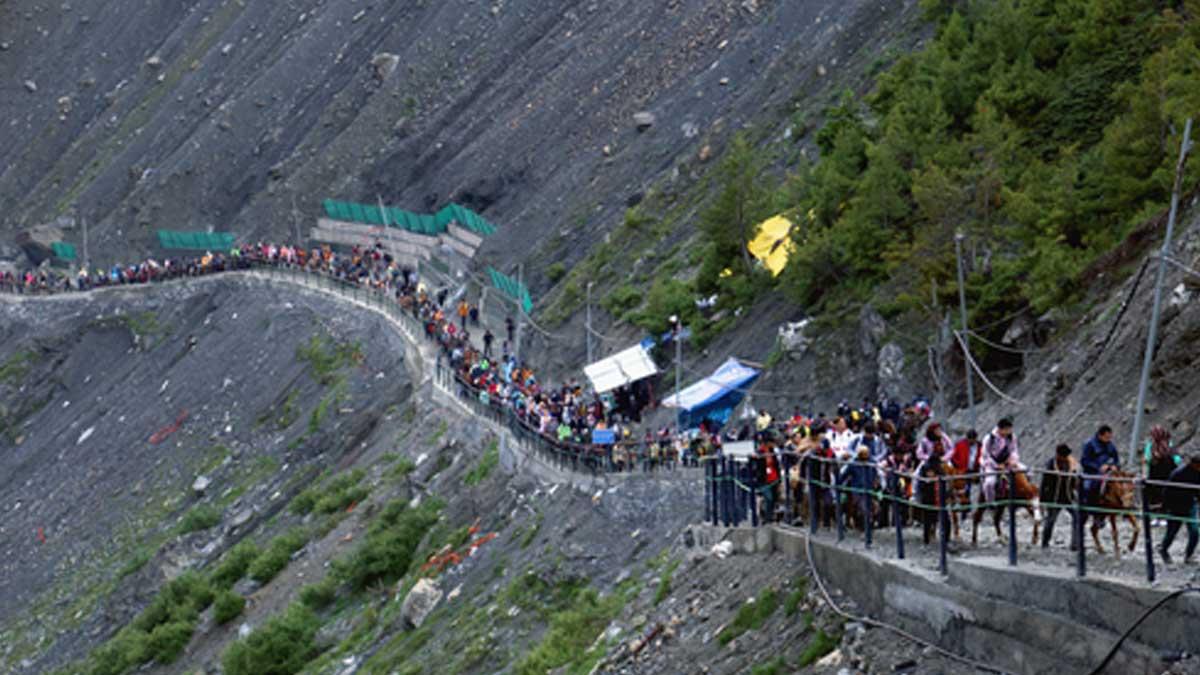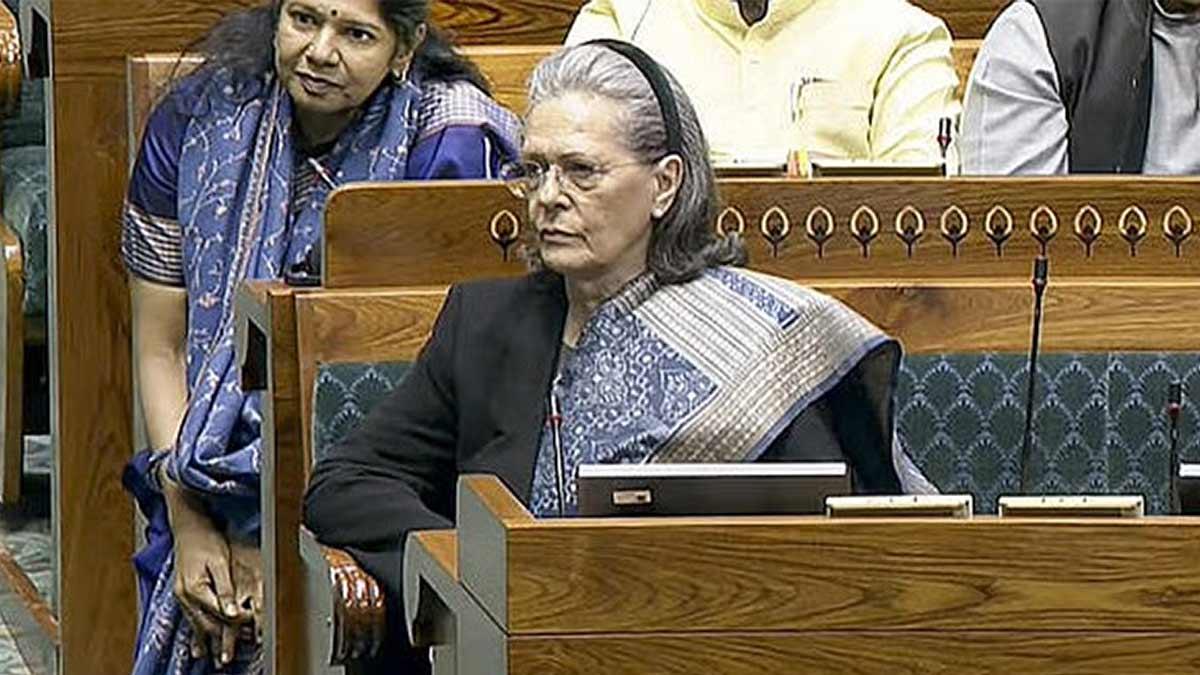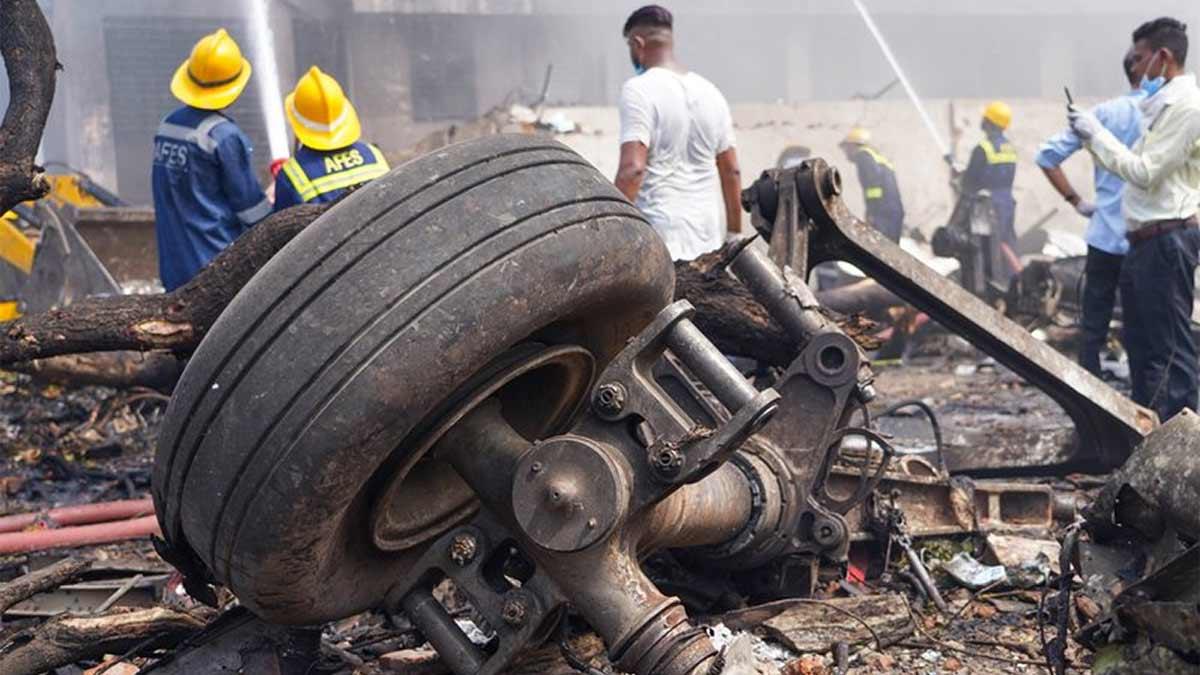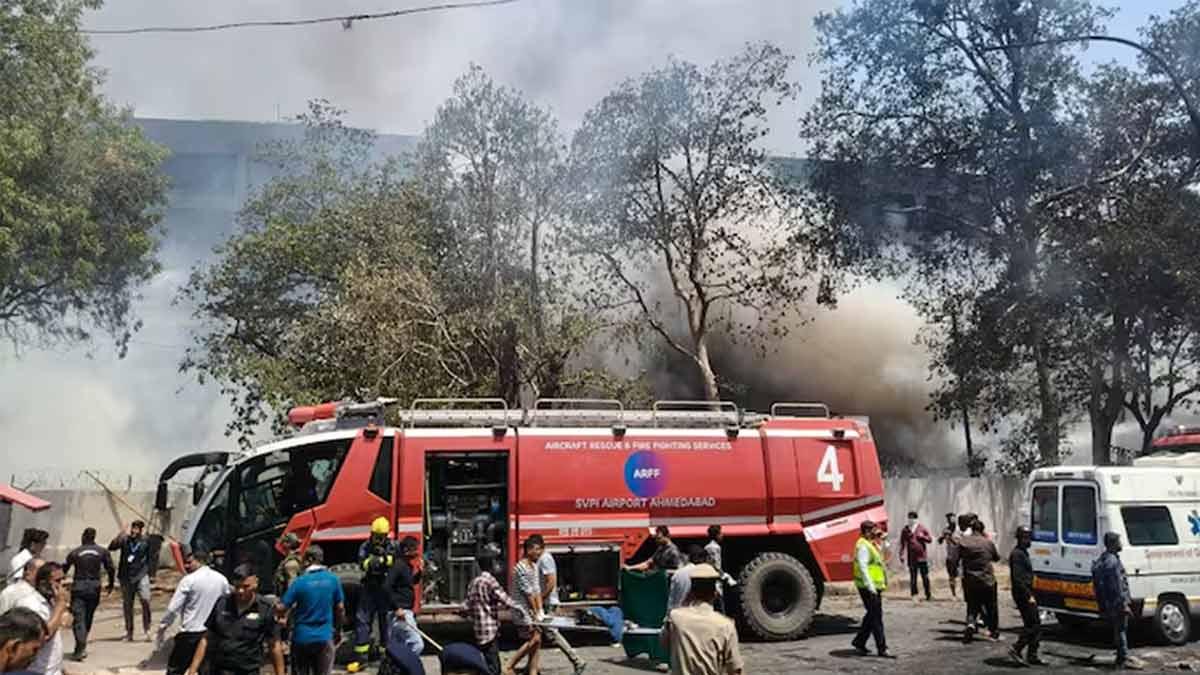Over the past 36 days of the ongoing Amarnath Yatra, more than 490,000 devotees have had the opportunity to visit the shrine. On Sunday, a new group of 1,112 pilgrims departed from Jammu towards Kashmir, according to officials from the Shri Amarnathji Shrine Board (SASB).
The pilgrims left Bhagwati Nagar Yatri Niwas at 3:25 a.m., traveling in two separate, escorted convoys. The first convoy, consisting of 11 vehicles, headed towards the Baltal base camp in North Kashmir, transporting 204 devotees. The second convoy, comprising 39 vehicles, made its way to the Nunwan (Pahalgam) base camp in South Kashmir, carrying 908 pilgrims.
Earlier in the day, a cloudburst caused a blockage on the Srinagar-Leh highway near Kaw Cherwan village in Ganderbal district, obstructing the route to the Baltal base camp. Officials reported that efforts to clear the debris are ongoing, and the road should be open by the time the convoy reaches the Ganderbal district, allowing for continued travel to Baltal and onward to Ladakh.
Security forces, including both police and Central Armed Police Forces (CAPFs), are on duty around the clock along the over 350-kilometer route from Jammu to the base camps to ensure the safety of the pilgrims. Additionally, security personnel are stationed at transit camps, base camps, and the cave shrine itself to protect the Yatris.
Local residents also play a vital role in assisting pilgrims on their journey, providing ponies and serving as porters to help carry those who are weak or infirm to and from the cave shrine.
The Shri Amarnathji Shrine Board, led by Lt. Governor Manoj Sinha, has been overseeing the Yatra with exceptional professionalism. Their efforts have contributed to a smooth and secure pilgrimage through the challenging Himalayan terrain.
The cave shrine, located at an altitude of 3,888 meters in the Kashmir Himalayas, features an ice stalagmite that fluctuates with the moon's phases, symbolizing the divine powers of Lord Shiva. Devotees can reach the shrine either via the traditional South Kashmir Pahalgam route, which is 48 kilometers long and typically takes 4-5 days, or the North Kashmir Baltal route, which is 14 kilometers and can be completed in a single day. Helicopter services are available at both Baltal and Chandanwari to facilitate the pilgrimage.
This year’s Yatra will conclude on August 19, coinciding with Shravan Purnima and Raksha Bandhan festivals, marking the end of a 52-day pilgrimage.
Read also | Supreme Court Declines to Cancel NEET-UG 2024 Exam, Citing Absence of Systemic Breach


















